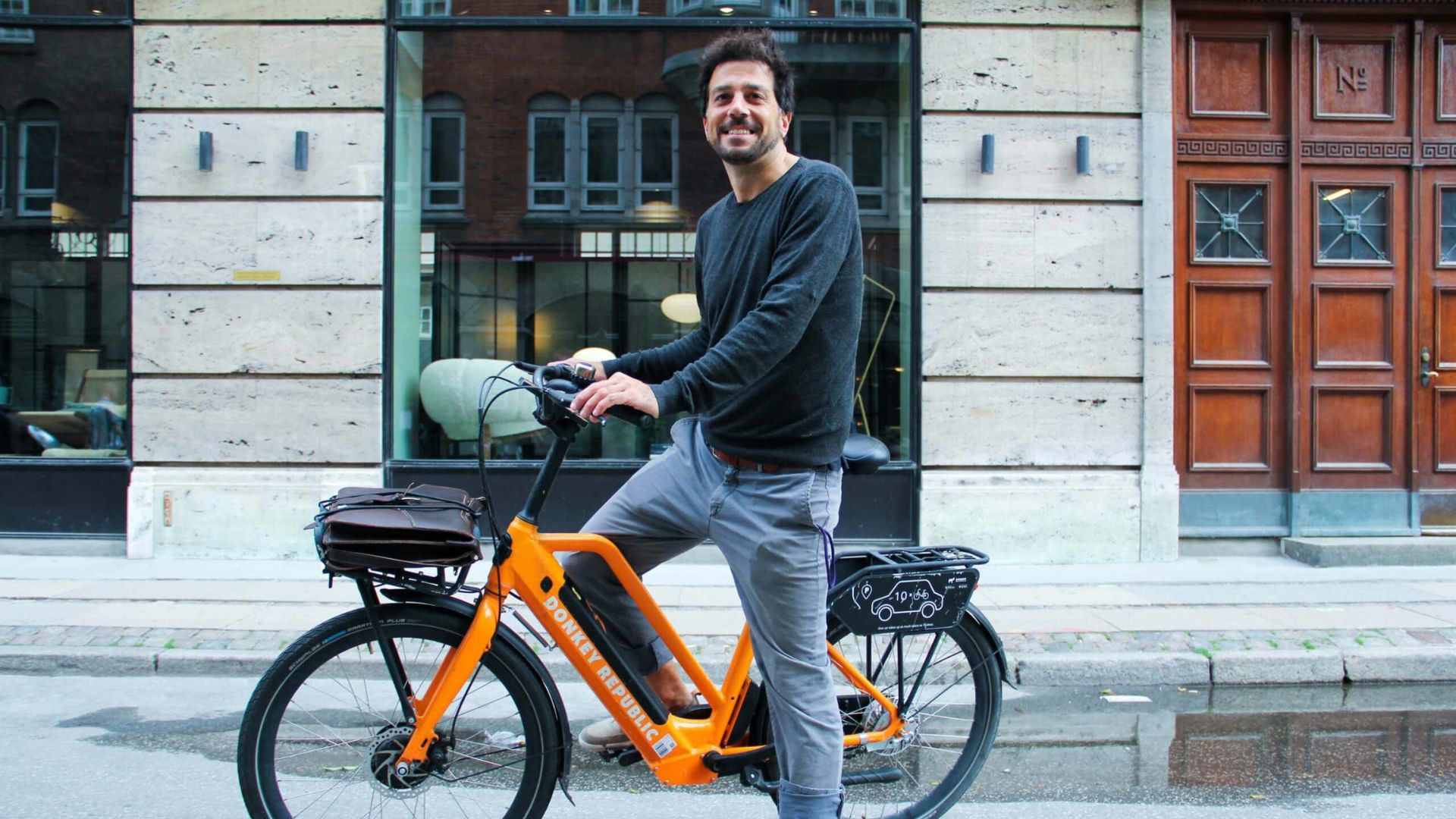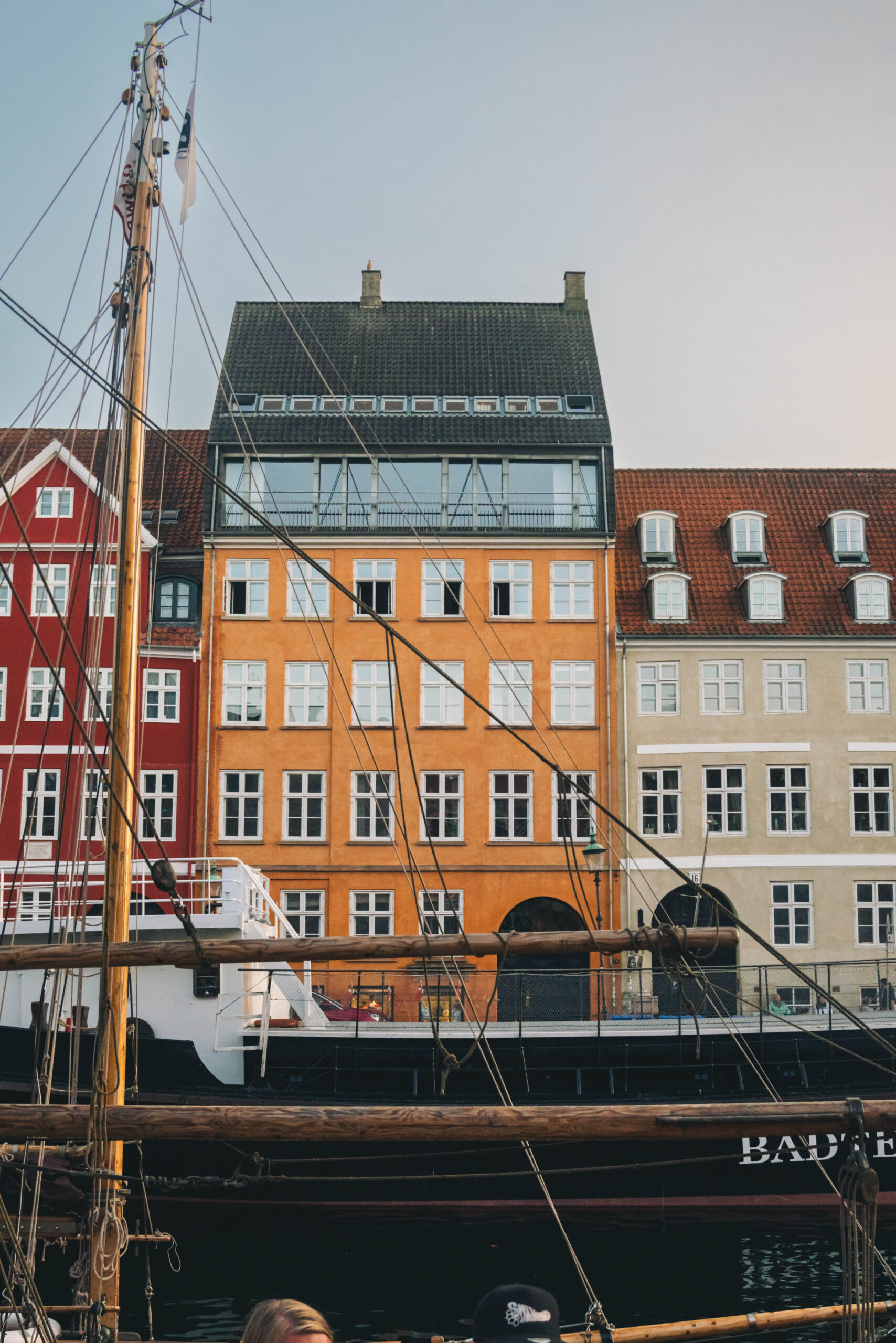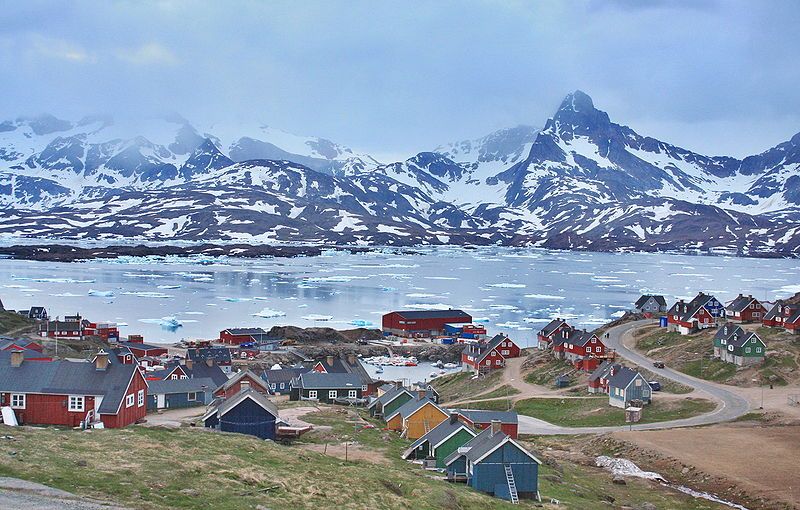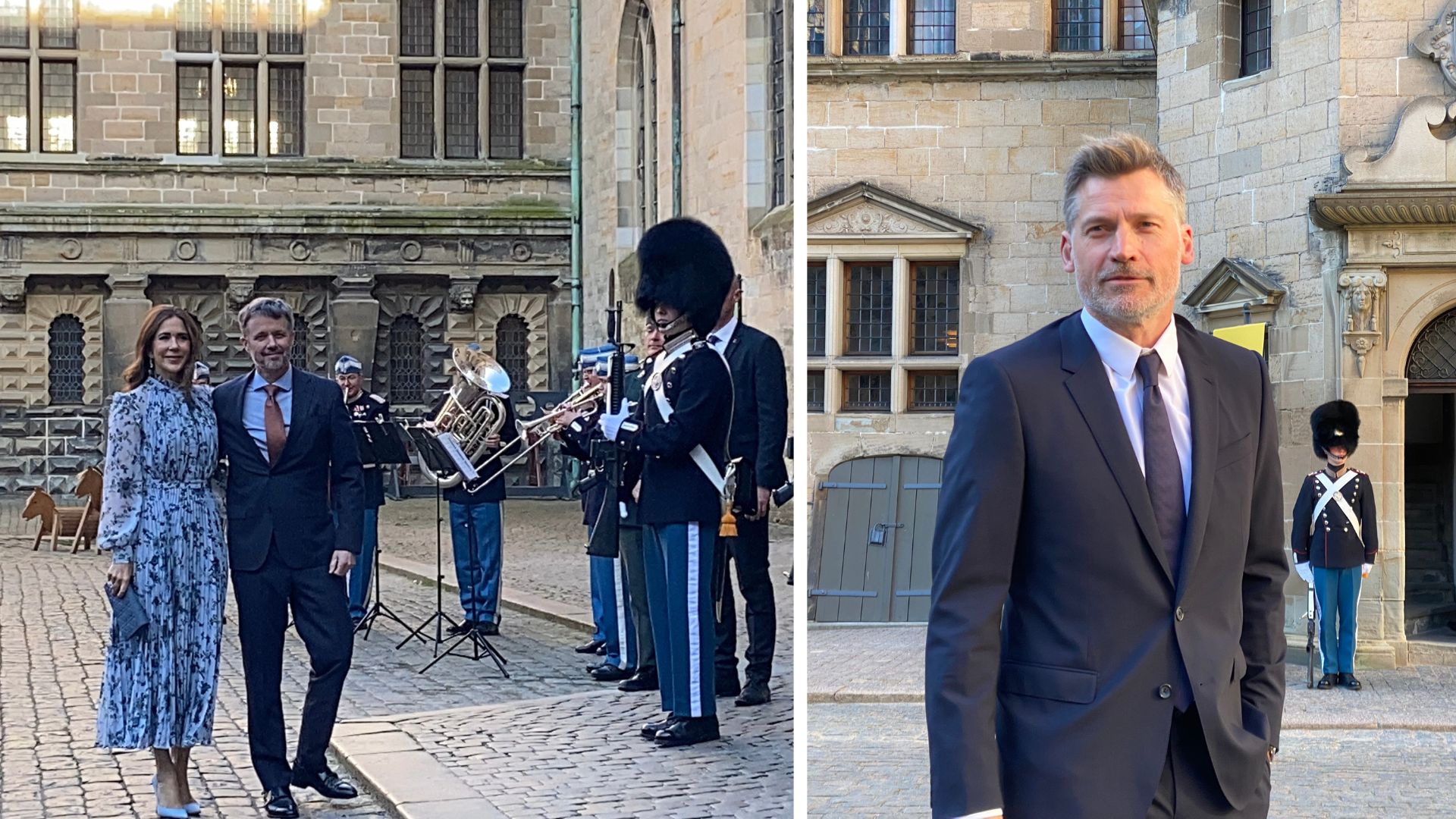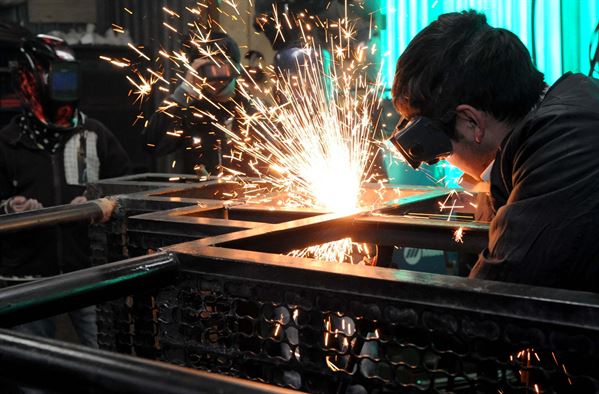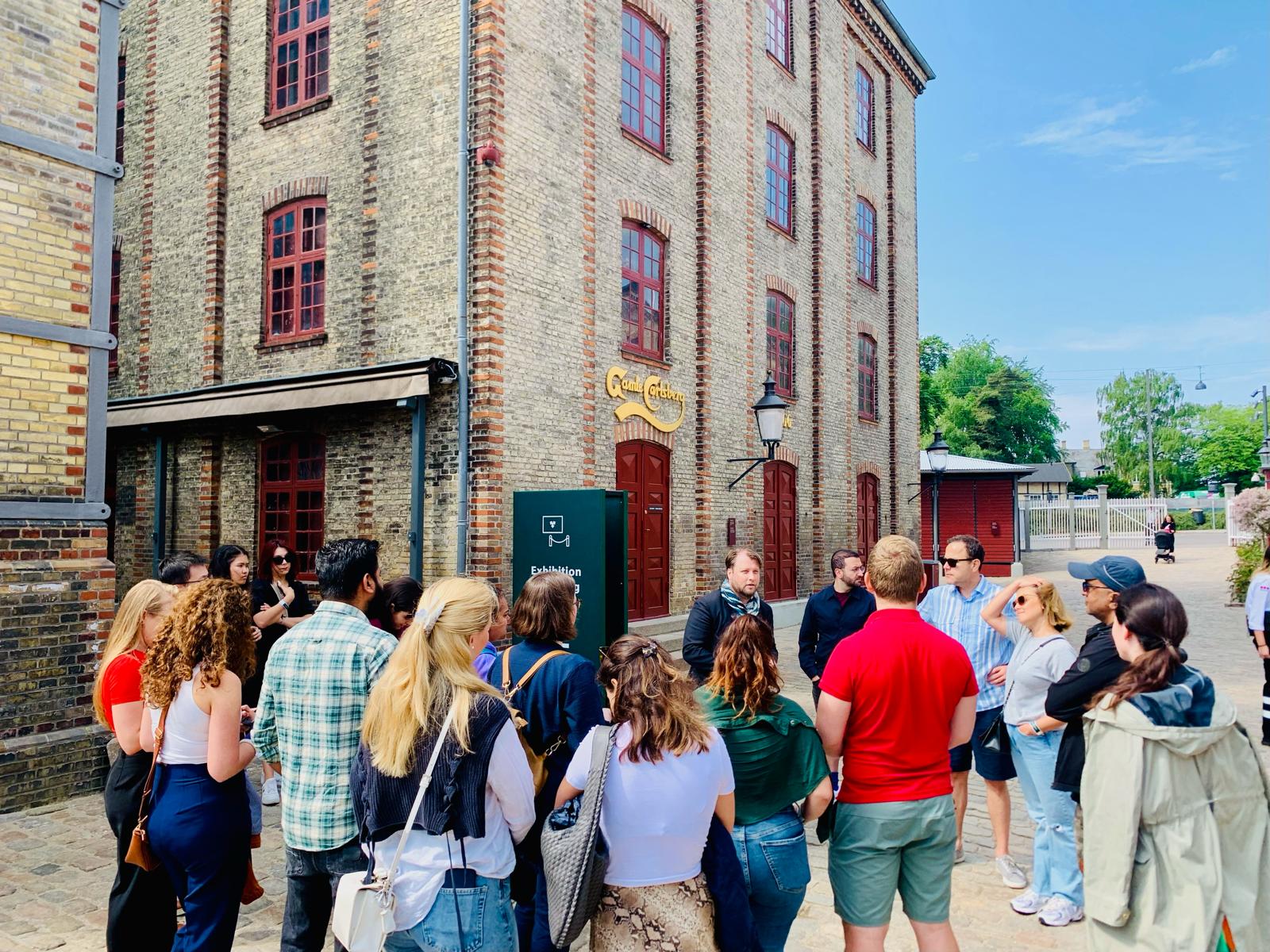Research at the Danish Technical University (DTU) and the Novo Nordisk Foundation Center for Protein Research at the University of Copenhagen (KU) has succeeded in mapping the course and pattern of major diseases.
In other words, your lifestyle and medical history can be used to see if you are predisposed to getting one of the big ones: cancer, arthritis, pulmonary and cardiovascular disease and diabetes.
The research hopes to improve the diagnostics of individual patients by illuminating the complex system that links one disease to another.
READ MORE: Prehistoric Danes to be genetically mapped
“We can see clear correlations that have not previously been explained," Professor Søren Brunak, the head of the Center for Biological Sequence Analysis at the DTU, told KU Press
"A disease like gout, for example, is strongly linked to cardiovascular diseases when we look at the large data volumes and the disease networks that appear."
Impressive data
Data from 6.2 million Danes, collected over 14.9 years, has enabled the study to track the country’s entire disease development.
The study was made possible due to Denmark’s registration system – the yellow (soon to be blue) health-insurance card – which allowed patients to be tracked over a lifetime, according to KU Press.
“Our results make it possible to view diseases in a larger context,” Anders Boeck Jensen from KU explained to KU Press.
“By looking at the order in which different diseases appear, you can start to draw patterns and see complex correlations outlining the direction for each patient."
This, in addition to future mapping of the individual’s genetic profile, could be used to predict the risk of developing major diseases and therefore pinpoint treatment and prevention – not only improving people's quality of life, but also saving society money.


